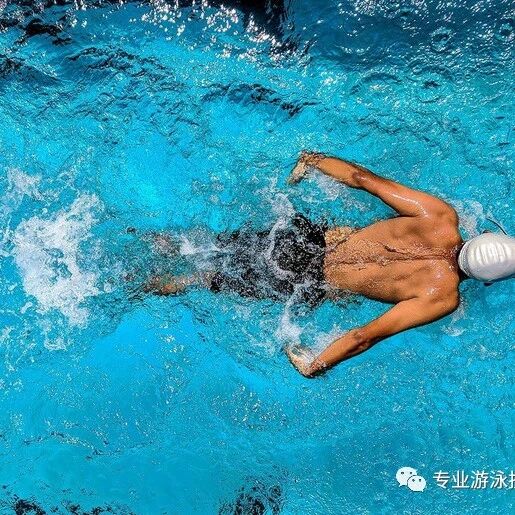The strategic key point in full-body freestyle swimming—understanding the forward reach combined with shoulder and hip rotation.
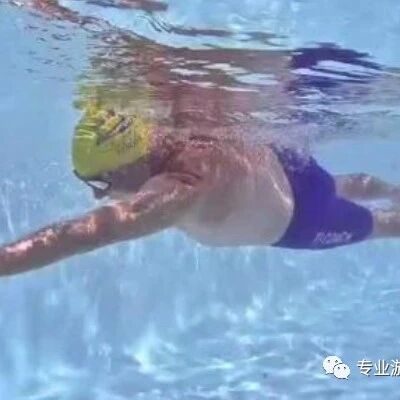
The previous section already outlined the concept and technical principles of the full-body freestyle stroke; see details below.Understanding the three key lines in freestyle swimming, along with a detailed analysis of the body's lateral rotation in freestyle.AndWhy don’t your legs sink during the full-body freestyle stroke? A detailed analysis of the full-body techniqueTwo articles. This one can serve as a sequel to the previous piece. Unlike the traditional freestyle swimming technique, the Total Immersion approach places greater emphasis on leveraging the body’s natural gravity to propel yourself through the water—rather than relying solely on arm strokes and leg kicks. At the heart of this holistic body movement lies core strength, with the outward manifestation clearly visible in the body’s side-to-side rotation.
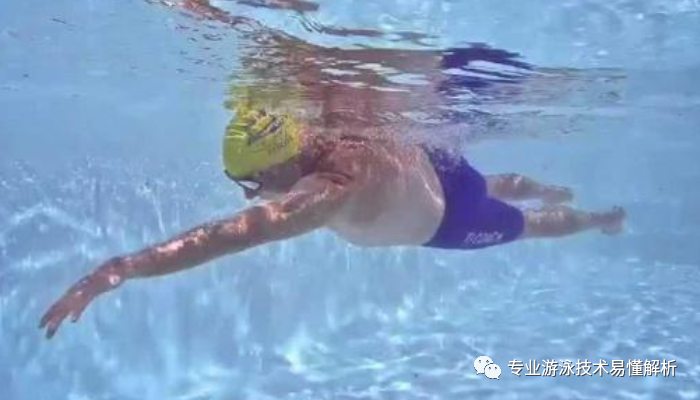
Some swimmers might point out that traditional freestyle also involves lateral body rotation. Indeed, to be more precise, the focus in conventional freestyle is actually on shoulder rotation rather than full-body twisting. This shoulder movement simply helps make the recovery phase of the arm stroke feel smoother and more natural. It’s only more recently that the use of the large muscle groups in the shoulders and back has gained greater attention.
In full-body freestyle, turning the body onto its side is introduced from the very beginning as an essential movement—only after that come the arm strokes and leg kicks. In fact, some even suggest that during the stroke, the arms should simply move naturally backward, without actively pushing the water. The real purpose behind this approach, however, is to help learners more easily grasp the critical role of body rotation.
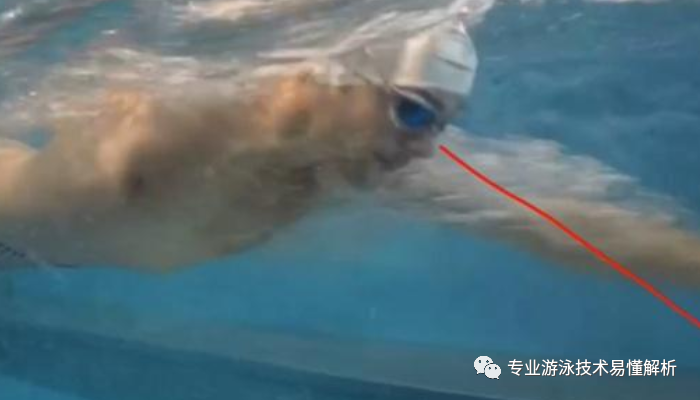
1. Two support points for lateral body rotation and one key area
As mentioned earlier, when the body turns to the side, its center of gravity shifts continuously. After assuming the sideways-turning posture, the body has two points of support: one is the forward-reaching arm, and the other is the hip.
The key to the forward-arm movement is simple: it shouldn’t involve static support, but rather dynamic support. What does this mean? Static support occurs when your palm presses downward into the water, causing your upper body to rise slightly. In contrast, dynamic support involves continuously extending your arm forward, allowing the natural buoyancy of the water to provide the necessary lift—without compromising your body’s balance.
Hip stability primarily relies on a key area: core strength—simply put, it means engaging your waist and abdominal muscles, followed by gently lifting the hips. This requires a certain level of muscular strength, which is why maintaining hip support can be challenging and often brief. In such moments, relying solely on core engagement helps keep the body upright, allowing you to align your hips with your upper shoulders—and ultimately achieve stable hip positioning.
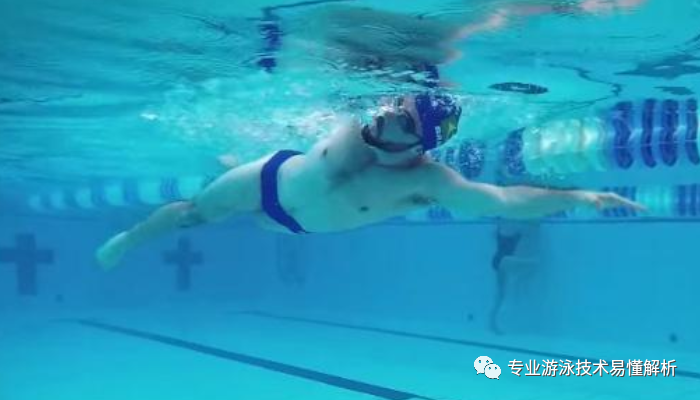
2. The source of power for body rotation
The three key drivers of body rotation are: first, extending the arms forward; second, pushing water straight backward; and third, kicking with the legs. To make it easier to understand, imagine rotating your body as if you were unscrewing a bottle cap with your hands. When twisting the cap, your index finger and thumb apply force in completely opposite directions—but that’s precisely what makes it so easy to turn the cap open.
The same principle applies to the body's lateral rotation: as the forward-reaching arm extends even further, it pulls on the shoulder, and this forward motion of the shoulder naturally initiates the body's sideways turn. At the same time, the power generated by the kicking and stroking motions is channeled through the core, transforming into a force that accelerates the body’s lateral rotation. Only when these three forces work in harmony can you achieve a smooth, natural, and effortless lateral body movement.
Here, it’s important to emphasize that the effectiveness of the arm entry and the subsequent forward reach in the water are directly proportional. In the full-body immersion freestyle stroke, timing the arm entry is crucial—specifically, you should actively use the momentum created by the sensation of heat as your palm naturally drops downward, allowing you to smoothly enter the water and extend your arm even further forward. This approach differs significantly from simply letting your hand drop into the water passively, so be sure to practice and fully experience this technique during training.
Related Articles
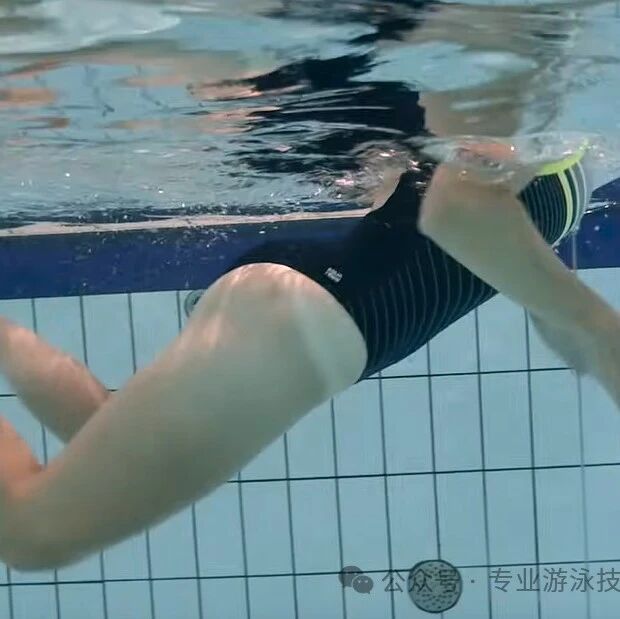
Advanced techniques to speed up breaststroke: Learn to harness the water with your catch-and-push motion.
For now, let’s put aside the dazzling array of swimming tutorials and focus on finding a practice method that suits you best.
